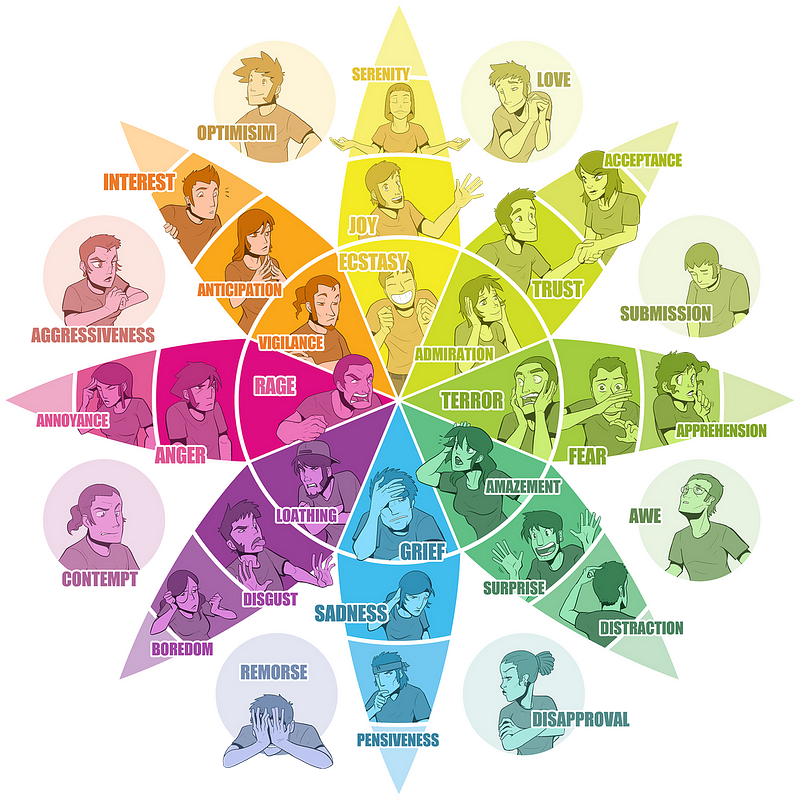49 - Sentiment and Emotion Detection
Detecting the overall attitude expressed within a text in an imperative need to standardize the measurement of human sentiment and affective meaning.
Sentiment Analysis or Opinion Mining attempts to determine the overall attitude (positive or negative) expressed within a text. Its purpose is to represent emotional or affective meaning.

The technique’s success lies in an imperative need to standardize the measurement of human emotion in social media in order to efficiently monetize it. Signaling a users’ preference is a vital component of the Like economy that underpins the business models of all major social media companies. These peer recommendations are highly trusted by other peers. This makes Sentiment Analysis a valuable source of information.
Sentiment Analysis have a lot of challenges. It is often unclear what is measured; the polarity of a described entity or the emotional state of the writer.
A more focused subfield is Aspect-Based Sentiment Analysis (ABSA). First, the aspect details (or sentiment target) are detected. For example, the sentiment target is a phrase about product X. Then the sentiment of the opinion about the target is detected. The third is to detect the opinion holder, which is often omitted.
The expansion of the area of Sentiment Analysis has resulted in a new interest in the quantification of opinion, sentiment, affect, feeling, emotion, personality, mood and attitude. These terms are often used interchangeably.

We differentiate sentiment from affective meaning based on their duration. Sentiment lives longer, while an affective state has a short term duration. An effective sentiment analysis system is one which captures the sentiment of the opinion about an entity. The recognition of Affective Meaning is for example the automatic discovery of an emotional reaction, often of a single person. Unlike opinions, emotions are short-term.
Words indicating the level of sentiment will behave very differently when under the semantic scope of negation (see negation section). If you want to analyze e.g. social media text without training a classifier you can use the python library VADER. You can also modify the library to work with non-English text.
This article is part of the project Periodic Table of NLP Tasks. Click to read more about the making of the Periodic Table and the project to systemize NLP tasks.